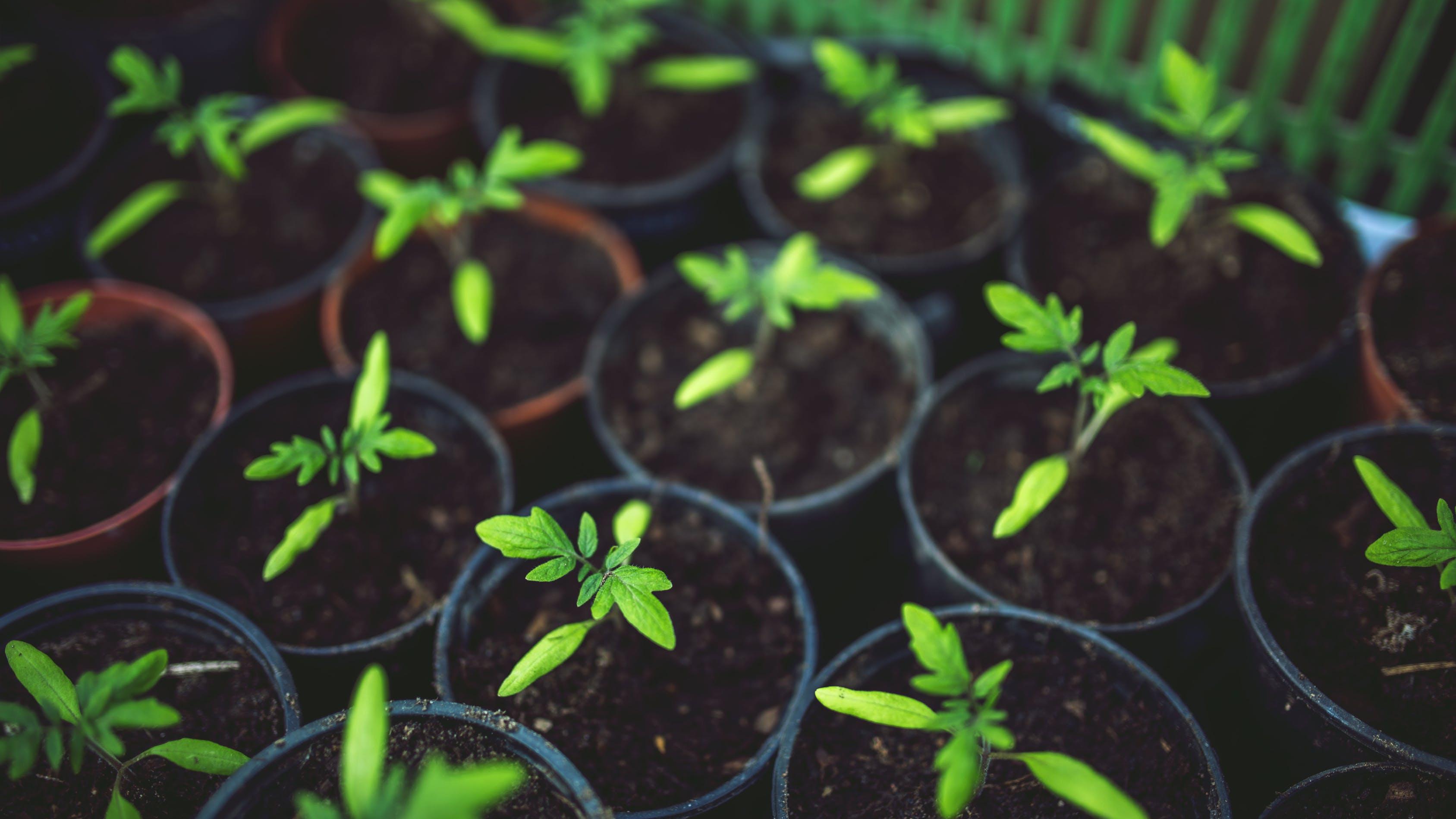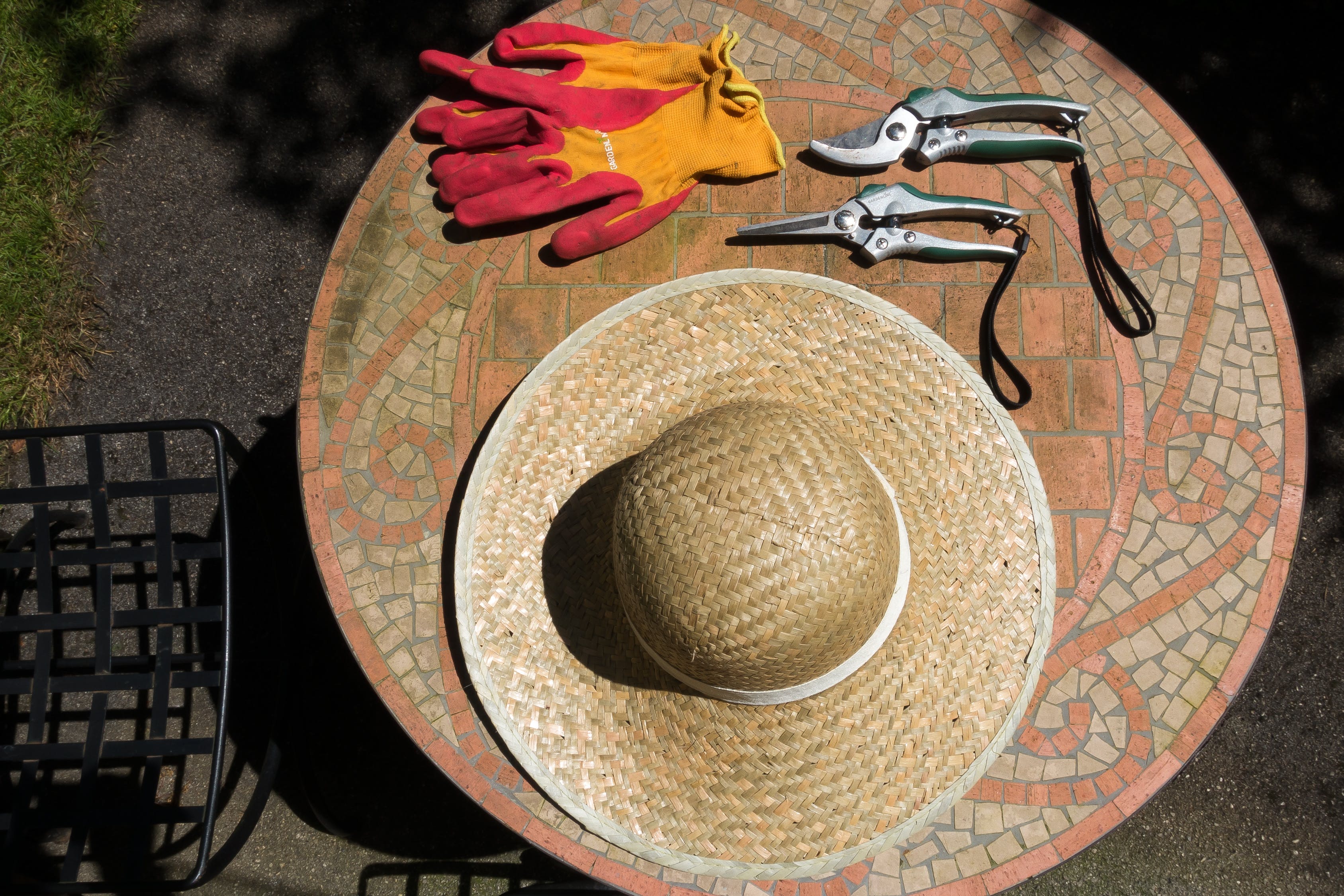A Sense of Community
As remote workers, it can be hard at times to feel like you’re a part of a community. Loneliness and lack of community are a common complaint among people who work virtually. Having the sense that you are connected with others is essential to keeping distributed team members happy. It’s no wonder that a sense of community is important to people; Humans are social and it’s hardwired into our minds. When we are around others, most people are happier and healthier. Where do we find these other people though, when we spend all day at home on our computers? An easy way to find people to connect with is to examine your interests and hobbies. Joining others who share your interests creates a foundation to build relationships. This is exactly what happens when you start to participate in a community garden. An added bonus of community gardening is that you get to interact with people who live in the same area as you and it’s easier to see them on a regular basis.
Garden Club vs. Community Gardening
Gardening as a hobby has been around for a while. The first gardening club in America was founded 128 years ago in 1891 in Athens, Georgia. Since then garden clubs have spread around the country and flourished. You can hop on gardenclub.org right now and have a good chance of finding a garden club near you. This community is thriving and there are a variety of events to attend like flower shows and classes. However, if cultivating prized roses is not quite your thing, you can always find your green thumb at a community garden. Modern community gardens have been popular in metropolitan areas across the United States since the 1970s. These gardens are open to the public to come and grow edible (and ornamental) plants, although you may have to pay to rent a plot. The bounty can be shared among the members and at farmer’s markets.


